Tiberius (42 BC – 37 AD)
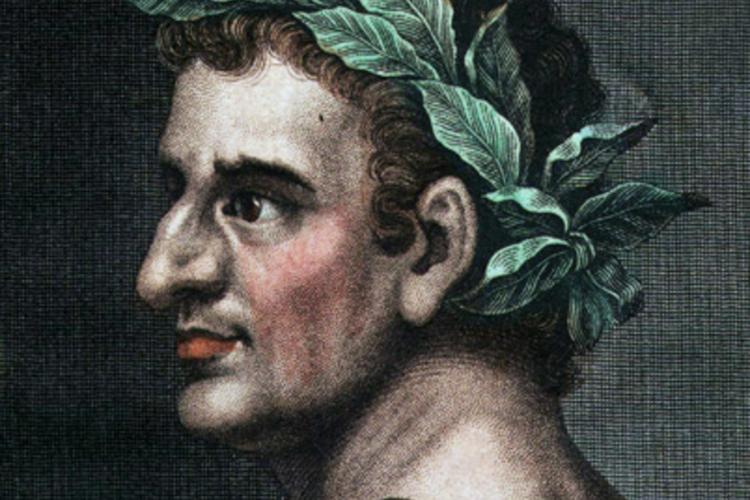 Tiberius Claudius Nero, who was later given the name Tiberius Julius Caesar as Augustus adopted him as a candidate of his heir.He was the second emperor to ever rule Rome after the death of Julius Caesar. He was a son of Livia Drusilla and a step-son of Augustus after he married Drusilla. He reigned from 14 AD to 37 DC and during his sovereignty, he competently brought Rome to a great era.
Tiberius Claudius Nero, who was later given the name Tiberius Julius Caesar as Augustus adopted him as a candidate of his heir.He was the second emperor to ever rule Rome after the death of Julius Caesar. He was a son of Livia Drusilla and a step-son of Augustus after he married Drusilla. He reigned from 14 AD to 37 DC and during his sovereignty, he competently brought Rome to a great era.
Justinian (482 AD – 565 AD)
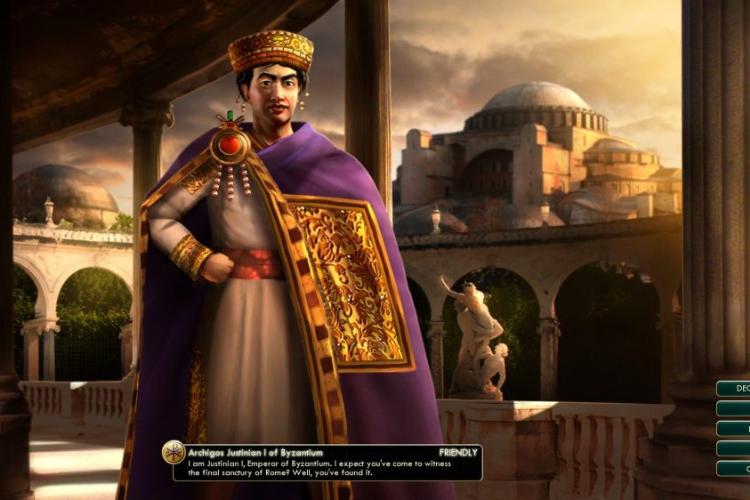 A decade after the fallen of the Western half of Roman Empire to the barbarian around 476 AD, Justinian was born.He was not originally an heir to the empire, but his uncle who quite had the position, Justin, saw potential and took him to the Constantinople to study. After the death of Emperor Anastasius, his uncle was appointed as the next emperor for the remaining part of Roman Empire, Byzantine Empire.Justinian became the co-emperor.
A decade after the fallen of the Western half of Roman Empire to the barbarian around 476 AD, Justinian was born.He was not originally an heir to the empire, but his uncle who quite had the position, Justin, saw potential and took him to the Constantinople to study. After the death of Emperor Anastasius, his uncle was appointed as the next emperor for the remaining part of Roman Empire, Byzantine Empire.Justinian became the co-emperor.
Antoninus Pius (86 AD – 161 AD)
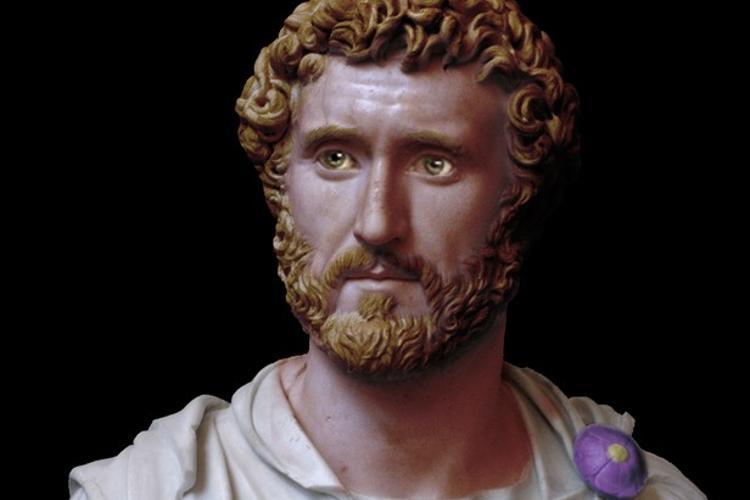 Ruling the empire for more than twenty years, Antoninus Pius was an adopted son and the successor of the popular Emperor Hadrian. When he was entitled the emperor, his first act was to honor Hadrian and made Marcus Aurelius, who was also an adoptive son of Hadrian, as his successor. Antoninus was famously acknowledged for his peaceful nature in ruling the empire.
Ruling the empire for more than twenty years, Antoninus Pius was an adopted son and the successor of the popular Emperor Hadrian. When he was entitled the emperor, his first act was to honor Hadrian and made Marcus Aurelius, who was also an adoptive son of Hadrian, as his successor. Antoninus was famously acknowledged for his peaceful nature in ruling the empire.
Vespasian (9 AD – 79 AD)
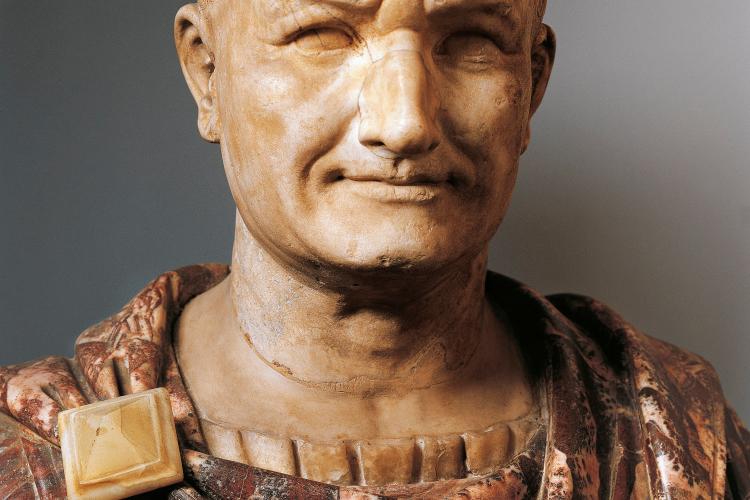 If you know the great Colosseum of Rome, you should know about Vespasian. His regime commenced from 69 – 79 AD.He was a famous emperor who founded the Flavian dynasty. When he was made the emperor, the Empire was just recovering from the corrupt antics of notorious emperors such as Nero and Caligula. Click the next ARROW to see the next Photo!
If you know the great Colosseum of Rome, you should know about Vespasian. His regime commenced from 69 – 79 AD.He was a famous emperor who founded the Flavian dynasty. When he was made the emperor, the Empire was just recovering from the corrupt antics of notorious emperors such as Nero and Caligula. Click the next ARROW to see the next Photo!
Hadrian ( 76 AD – 138 AD)
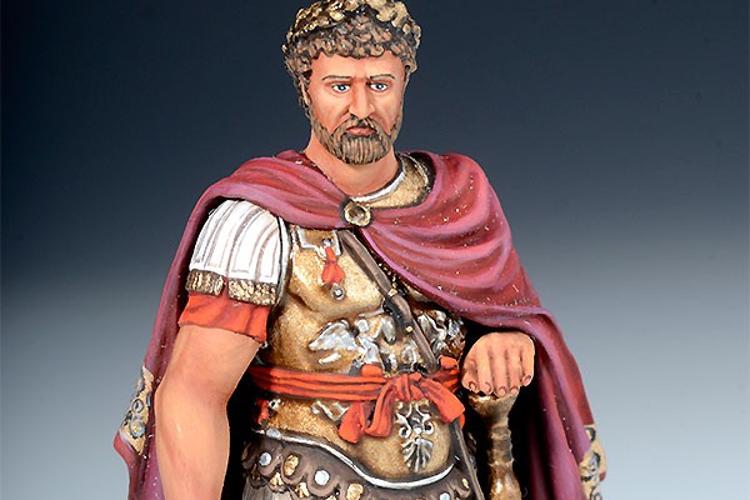 Publius Aelius Hadrians, or mostly known as Emperor Hadrian, ruled the Roman empire from 117 – 138 AD. He was never admitted successor by his predecessor, Trajan. However, by the proclamation of Trajan’s wife before his death, Hadrian was chosen as the heir. In his regime, Hadrian traveled all around the empire, every province. Click the next ARROW to see the next Photo!
Publius Aelius Hadrians, or mostly known as Emperor Hadrian, ruled the Roman empire from 117 – 138 AD. He was never admitted successor by his predecessor, Trajan. However, by the proclamation of Trajan’s wife before his death, Hadrian was chosen as the heir. In his regime, Hadrian traveled all around the empire, every province. Click the next ARROW to see the next Photo!
Claudius (10 BC – 54 AD)
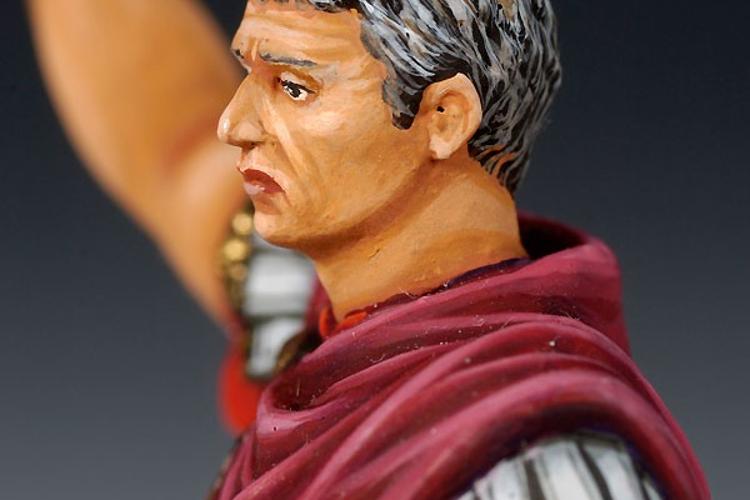 Claudius was the emperor of Rome from 41 – 54 AD and also the uncle of the notorious emperor Caligula who was also his predecessor. He was born outside Italy from the Drusus and Antonia couple. His stature wasn’t so flattering that he was mocked for it. In fact, his family wasn’t thought of him as a capable candidate for the empire.However, fate brought him as an emperor after the death of his nephew.
Claudius was the emperor of Rome from 41 – 54 AD and also the uncle of the notorious emperor Caligula who was also his predecessor. He was born outside Italy from the Drusus and Antonia couple. His stature wasn’t so flattering that he was mocked for it. In fact, his family wasn’t thought of him as a capable candidate for the empire.However, fate brought him as an emperor after the death of his nephew.
Marcus Aurelius (121 AD – 180 AD)
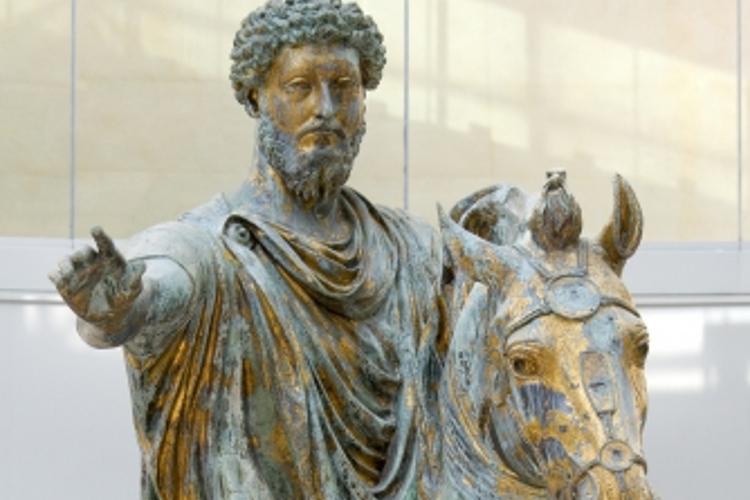 Marcus Aurelius was the emperor of Roman Empire from 161 – 180 AD after his predecessor and brother Antonius. He was known as the last emperor of the five good emperors as well the most stoic philosophers from Rome. During his regime, Marcus Aurelius was glorious in his battle to the Parthian empire in the east. Click the next ARROW to see the next Photo!
Marcus Aurelius was the emperor of Roman Empire from 161 – 180 AD after his predecessor and brother Antonius. He was known as the last emperor of the five good emperors as well the most stoic philosophers from Rome. During his regime, Marcus Aurelius was glorious in his battle to the Parthian empire in the east. Click the next ARROW to see the next Photo!
Constantine (272 AD- 337 AD)
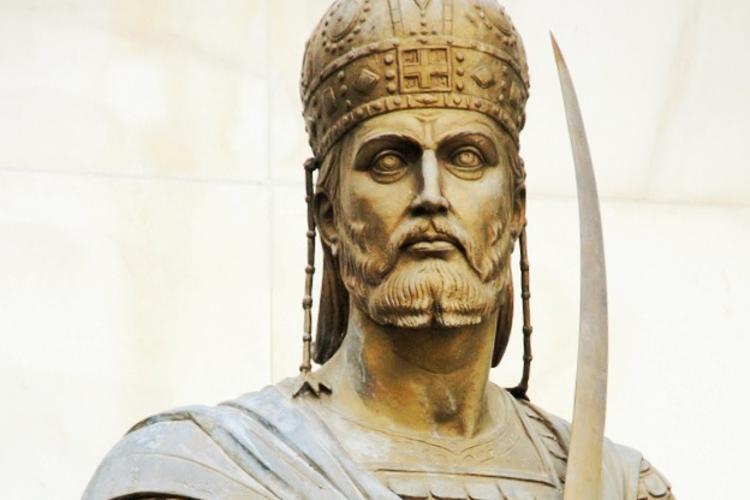 Flavius Valerius Aurelius Constantine Augustus was a big name in the world history as he was in Roman history. Affectionately and famously known as Constantine the great, he was the first emperor to become Christian. Constantine held a major rule of historical importance since he reunited the separated empire under his reign. Constantine’s influence on Roman history was undoubtedly great and that’s without any reason. Trajan (53 AD – 117 AD)
Flavius Valerius Aurelius Constantine Augustus was a big name in the world history as he was in Roman history. Affectionately and famously known as Constantine the great, he was the first emperor to become Christian. Constantine held a major rule of historical importance since he reunited the separated empire under his reign. Constantine’s influence on Roman history was undoubtedly great and that’s without any reason. Trajan (53 AD – 117 AD)
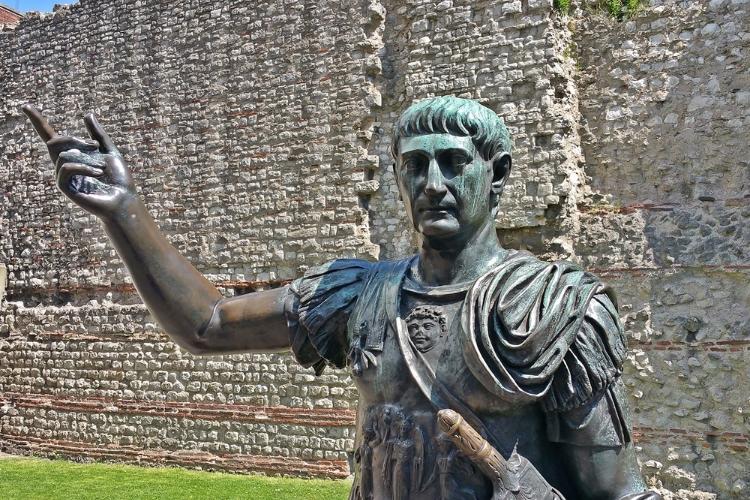 Marcus Ulpius Traianus who later become one of the best emperors in Rome was born around 53 AD.He was a son of a career soldier and so he grew as one; an excellent one that Emperor Domitian took a great liking of his talent and thus his way as an emperor is paved. He ruled from 98 AD until his last breath. The Senate proudly declared him as the ‘Optimus Princep’ which means ‘the best ruler’ for his achievements during his reign.
Marcus Ulpius Traianus who later become one of the best emperors in Rome was born around 53 AD.He was a son of a career soldier and so he grew as one; an excellent one that Emperor Domitian took a great liking of his talent and thus his way as an emperor is paved. He ruled from 98 AD until his last breath. The Senate proudly declared him as the ‘Optimus Princep’ which means ‘the best ruler’ for his achievements during his reign.
Augustus ( 63 BC – 14 AD)
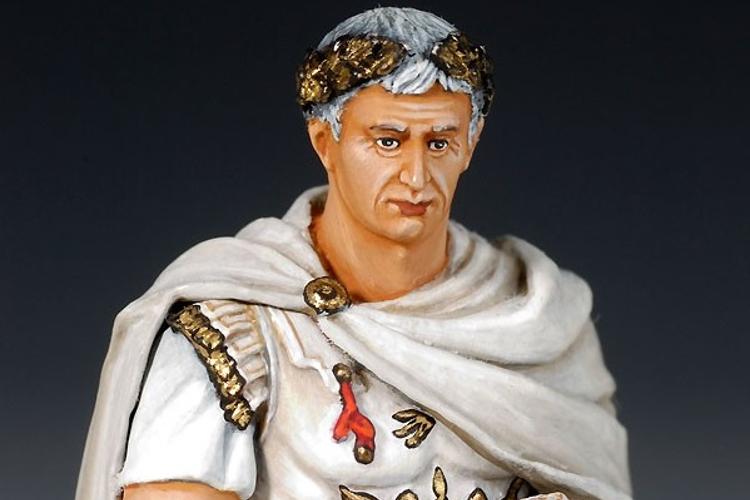 The first Roman Emperor and also the greatest emperor of Roman history is by far Augustus. Originally named Gaius Octavius Thurinus, he was born in 63 BC and adopted as the great-nephew by Julius Caesar. The name of Augustus itself was given by the Senate as an honor and symbols of his grand achievements for Roman Empire. He reigned from 27 BC – 14 AD, the longest regimentation in comparison to other emperors in Roman history. He was the one to bridge the dreading era of the Republic with the glory era of the Empire.
The first Roman Emperor and also the greatest emperor of Roman history is by far Augustus. Originally named Gaius Octavius Thurinus, he was born in 63 BC and adopted as the great-nephew by Julius Caesar. The name of Augustus itself was given by the Senate as an honor and symbols of his grand achievements for Roman Empire. He reigned from 27 BC – 14 AD, the longest regimentation in comparison to other emperors in Roman history. He was the one to bridge the dreading era of the Republic with the glory era of the Empire.















